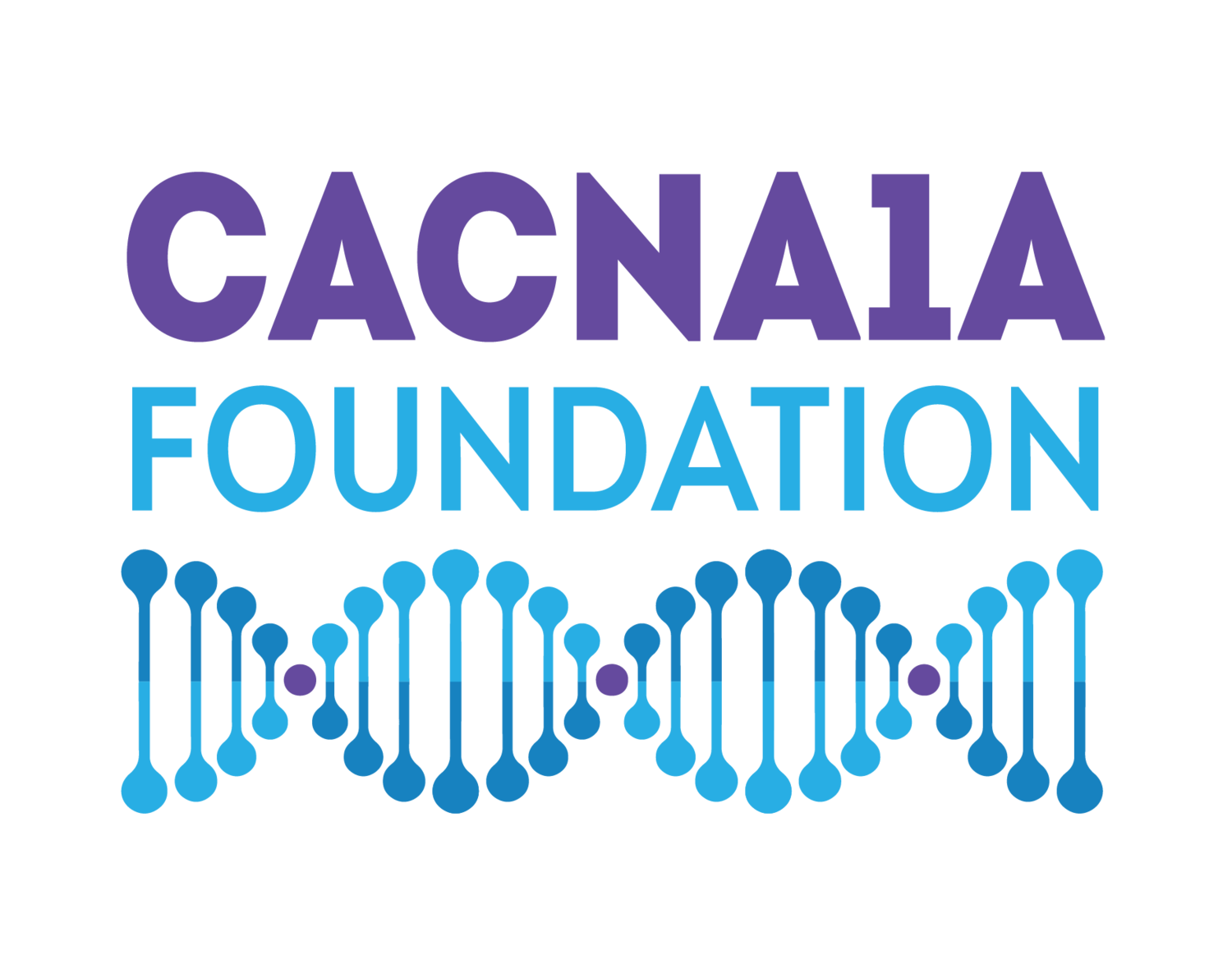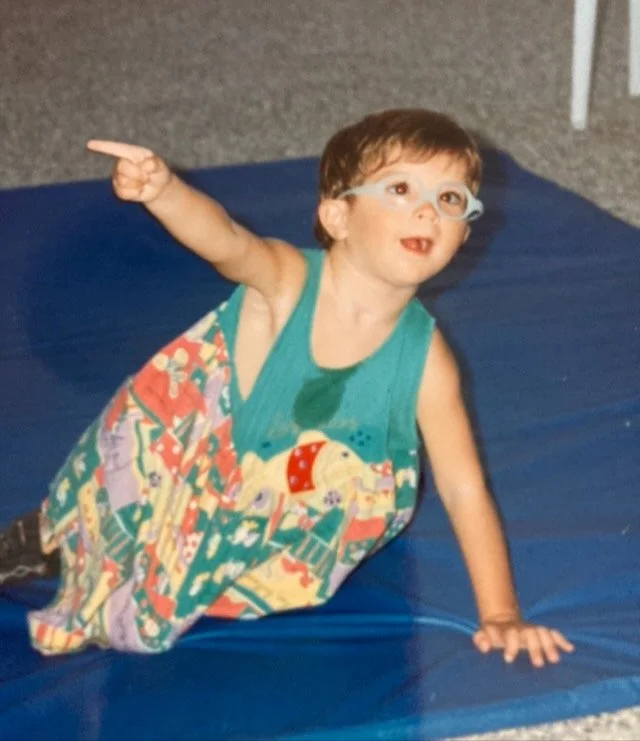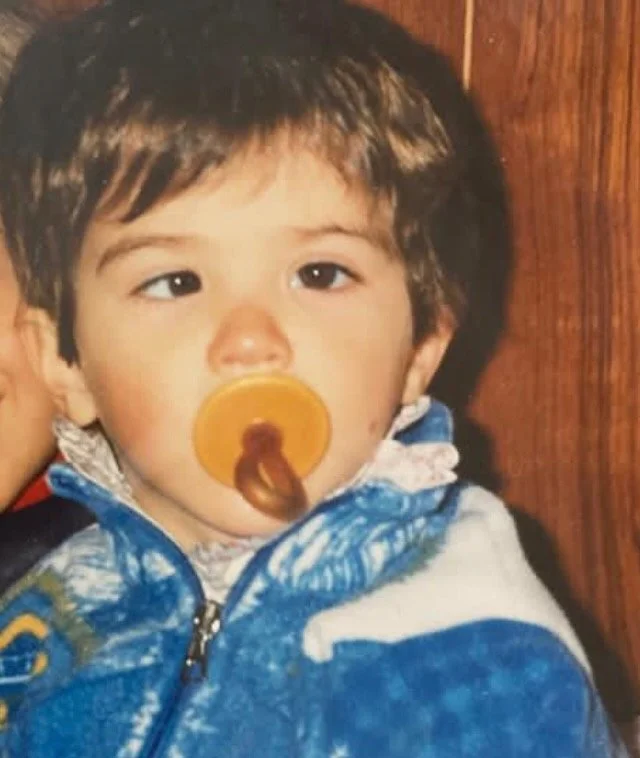Giulia’s Story
Giulia is a 27-year-old girl from Sassari, Sardegna, Italy. She likes music, dancing, water and the company of others.
Giulia was diagnosed with a CACNA1A de novo variant at 25 years old Like many families with older children, we spent her childhood looking for a diagnosis, but did not receive one until she finally had exome sequencing in 2019.
Variant: V1396M
Genetic testing also revealed a variant on her SCN1A gene - Thr1118Met - but so far it is considered a variant of unknown significance
Developmental/Cognitive History
When Giulia was 6 months old, we realized she was unable to grab objects with her hands. She started walking at approximately 3 years of age and talking (clearly enough to be understood) at around 5 years of age. She had her first period at 11 years of age and she seems to tolerate periods fairly well, albeit with some hormonal irregularities linked to some of the medication she takes (valproic acid).
Today, Giulia displays a significant intellectual and cognitive delay and mild autism.
She can walk assisted but has poor balance and an ataxic gait. She is wary of falling or hurting herself. She cannot read or write. She can list the numbers from 1 to 10, but from memory – she cannot actually count. She understands simple conversations but does not display abstract thoughts. She needs assistance for most everyday tasks (e.g. bathing, cleaning) but is able to eat from a plate. She has sphincter control and she will say when she needs the bathroom.
Giulia is scared by sudden, loud noises. Recently, she seems very sensitive to strong smells. She suffers from mood swings, very often says she is scared (but we are unclear what of), cries often, and has tantrums during which she gets verbally aggressive.
Medical History
Ataxia and nystagmus were diagnosed at around 8 months of age. Seizures started about 1 year of age; they are not very frequent but often severe (status epilepticus), requiring hospitalization and, on three occasions, oro-trachaeal intubation.
Following a particularly severe seizure four years ago, Giulia appears more fragile and fearful.
Giulia has been taking valproic acid for her epilepsy since she was very young. Four years ago she started carbamazepine (Tegretol) and has not had a seizure since (although it is difficult to establish whether this is a coincidence or not.) Among other treatments that Giulia has taken, levetiracetam and topiramate were both suspended due to lack of effectiveness. For the mood swings, two years ago she took aripiprazole (Abilify), which was suspended because not only did it have limited effectiveness, but it severely worsened her motility issues. Currently, she is taking alprazolam (Xanax) with poor results, and her doctors are in the process of evaluating another antipsychotic drug.
Education & Therapies
Giulia attended school until 18 years of age with the constant supervision of a support teacher. In the past, she has benefited from speech and music therapy. She regularly undergoes periods of physiotherapy, occupational therapy, and she attends a number of associations for people with disabilities.
For Those Newly Diagnosed
You will need all the help you can get. You will also need to make an effort to make time for yourself, to look after your mental wellbeing. Be ready for change: when you think you have reached a steady state the situation can evolve and it may require you to adapt your routine accordingly.




